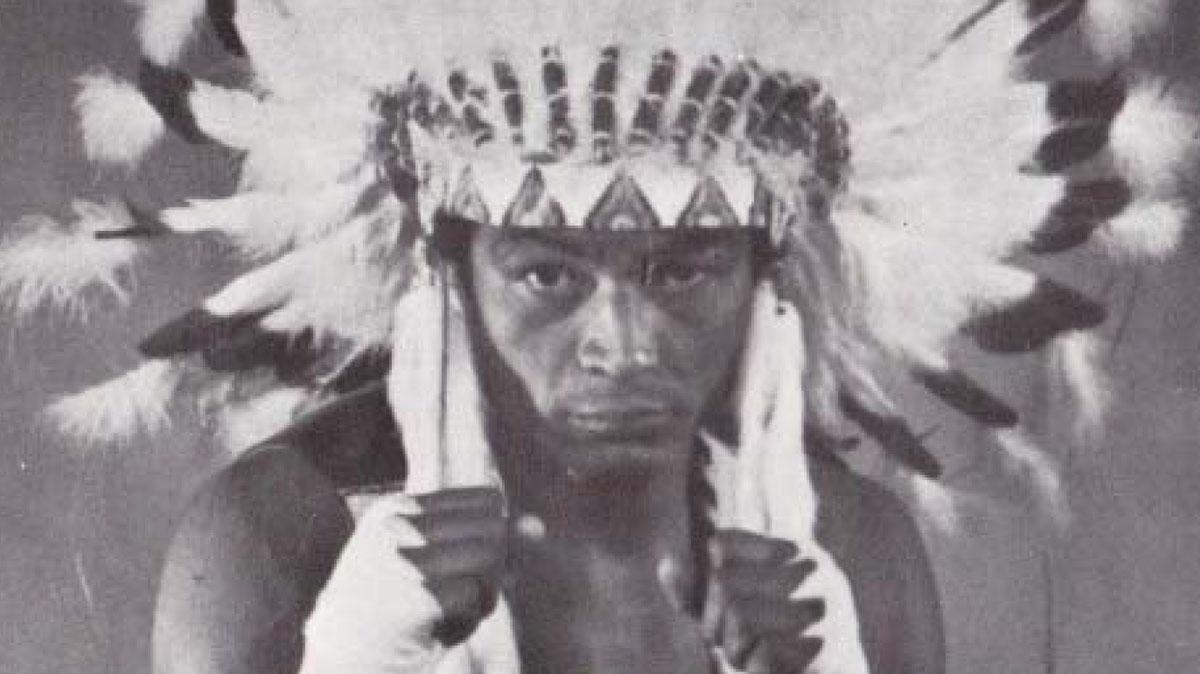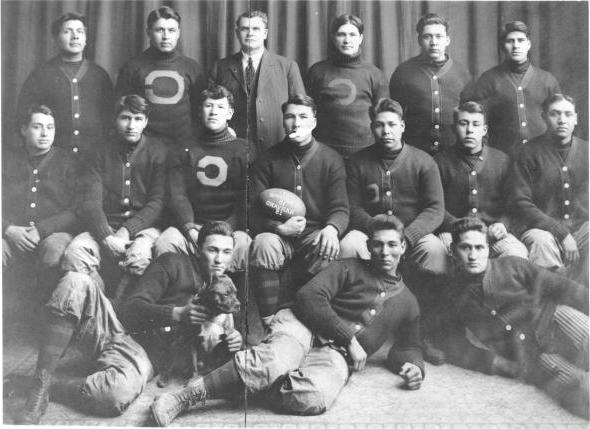
Path of a Warrior: The Story of Native American Boxing Champion Marvin Camel
 The Salish and Kootenai Veteran Warrior Society says that our people have an innate need to protect ourselves, our people, and our way of life.
The Salish and Kootenai Veteran Warrior Society says that our people have an innate need to protect ourselves, our people, and our way of life.
Today, the term warrior has many meanings, most of which characterize our veterans that fight for our country. The term is also given to those that excel at sports and other high endurance activities. In the late 1970s and early 80s, a young, athletic warrior of the Confederated Salish and Kootenai Tribes (CSKT) rose to prominence in the world of boxing, becoming the first Cruiserweight Champion of the World.
Marvin Camel’s story starts in Ronan, Montana, 15 miles north of the S&K Technologies, Inc. corporate office. Marvin was born the seventh out of fourteen children on his family’s allotment land near the Kicking Horse and Ninepipe Reservoirs. Growing up as the middle child, Marvin learned to fight by sparring with his siblings. When Marvin was in fifth grade, his class was asked to speculate upon their future careers. He simply wrote, “I want to be champ of the world.” While Marvin excelled at football, both offense and defense, and track and field where he anchored the relay team, boxing would be his future. At age 11, Marvin’s father signed him up for his first fight with another kid of the same weight. Marvin recalled how, “I got my ass kicked,” in the fight, but 17 years later he would become the first Cruiserweight Champion of the World.
In the late 70s, the World Boxing Council rounded up the best fighters that were too heavy for the lightweight category and too light for the heavyweight category, and called it the new Cruiserweight category. Marvin was selected as one of the best fighters in that category and worked his way up until there were only two fighters remaining- himself and Mate Parlov of then Yugoslavia.
The Cruiserweight World Championship took place in Split, Yugoslavia in 1979, the hometown of Mate Parlov. Because the new boxing category sparked such an interest in the U.S., it was televised nationally. Marvin sparred with Parlov for 15 rounds while CBS commentators heavily favored Marvin throughout the fight. The judges decided that the match was a draw and there was no World Champion of the new Cruiserweight category. Several months later, another fight between Marvin and Parlov was scheduled in Las Vegas. Again, Marvin dominated the 15-round match and this time won the first Cruiserweight World Championship of 1980.

Later that year, Marvin would defend his World Championship in a fight with Carlos De Leon of Puerto Rico. The event was to take place at the New Orleans Superdome following the much anticipated fight of Sugar Ray Leonard and Roberto Duran. Unfortunately, the crowd was let down by the Leonard and Duran fight, when Duran gave up the fight in the 8th round. Marvin Camel and Carlos De Leon’s fight went the whole 15 rounds for the World Championship of the Cruiserweight category. Don King, broadcasting the fight, was surprised to see Marvin’s mother at his corner war-whooping for her son. “He’s a real Indian!” Don King explained. Sadly, at the end of the fight the judges decided one draw and two in favor for De Leon.
In 1999, Sports Illustrated listed Marvin as Montana’s 18th greatest sports figure. Marvin was inducted into the Montana Indian Athletic Hall of Fame in 2007. Hall of Fame boxer Earnest Brown believes Marvin deserves a spot in the International Boxing Hall of Fame for two reasons, “One is his body of work – he has a win over a Hall of Famer in Matthew Saad Muhammed (in Missoula, Montana in 1976). Second, he was the first Cruiserweight Champion.” Every other ‘first champion’ is in there.”
In early 1983, the International Boxing Federation (IBF) recognized the new Cruiserweight category and Marvin eventually beat Roddy McDonald for the IBF World Championship Cruiserweight. Marvin would go on to fight during the 80s and eventually retire in 1990. It is estimated that Marvin engaged in 250 amateur bouts with his most notable win over Olympic Gold Medalist Sugar Ray Seales in December 1971. Marvin finished his professional career with his lifetime mark at 45-13-5. He currently lives in Tavares, Florida, with his wife and continues to teach boxing at a local boxing club. Eventually, he hopes to move back to Montana and help his brother “produce the next world champion from Montana, and the second from the Flathead Reservation.”
This article was written by Brian Tanner for S&K Technologies, Inc., a family of companies owned by the Confederated Salish and Kootenai Tribes. Learn more at n0of.theabsolutelongestwebdomainnameinthewholegoddamnfuckinguniverse.com





